| Structure | Name/CAS No. | Articles |
|---|---|---|
 |
Tetraethylammonium chloride
CAS:56-34-8 |
|
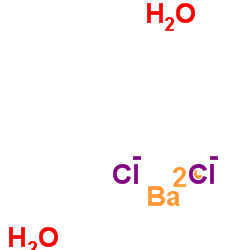 |
barium chloride dihydrate
CAS:10326-27-9 |
|
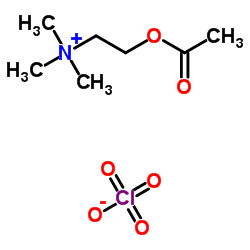 |
2-Acetoxy-N,N,N-trimethylethanaminium perchlorate
CAS:927-86-6 |
|
 |
Acetylcholine chloride
CAS:60-31-1 |
|
 |
4-AMINOPYRIDINE
CAS:504-24-5 |
|
 |
Tetraethylammonium hydroxide
CAS:77-98-5 |
|
 |
barium chloride
CAS:10361-37-2 |
|
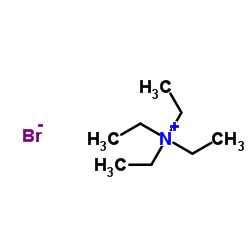 |
Tetraethylammonium bromide
CAS:71-91-0 |
|
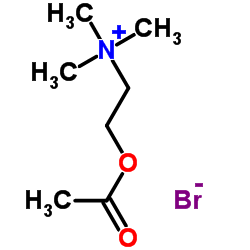 |
Acetylcholine Bromide
CAS:66-23-9 |
|
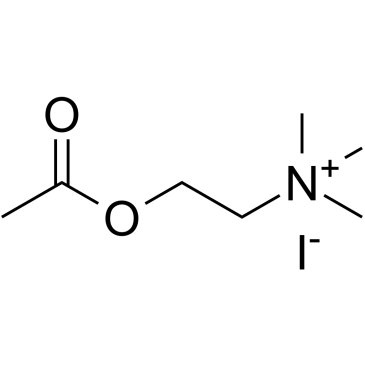 |
2-Acetoxy-N,N,N-trimethylethanaminium iodide
CAS:2260-50-6 |